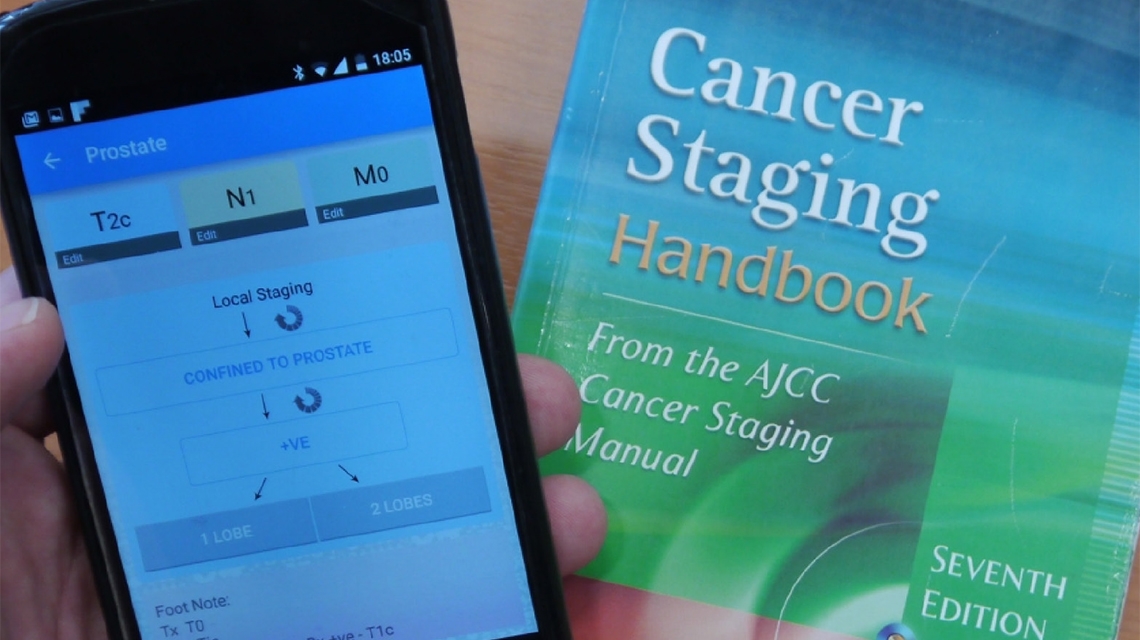The ubiquity of mobile phones and internet access has enhanced the ability to acquire information — consolidating a wealth of information into a compact gadget at one’s fingertips. For more than a decade, mobile applications have effectively simplified daily life, and they have now extended into the world of cancer care.
“Information and mobile technologies are increasingly used by the IAEA to deliver innovative and cost-effective educational opportunities to people worldwide,” said May Abdel-Wahab, Director of the IAEA’s Division of Human Health. “By developing resource-sparing tools and services, opportunities are not limited by geography, availability of resources or financial constraints, so we are able to further support countries in expanding professional development for cancer care globally.”
As technologies continue to transform lives and society, the increasing use of mobile apps, e-learning platforms, and information and communication technology-based tools, is influencing cancer care, from assisting diagnostic imaging interpretation and educating practitioners to guiding treatment decisions. Some of the IAEA’s freely available applications and e-learning courses are highlighted here.








